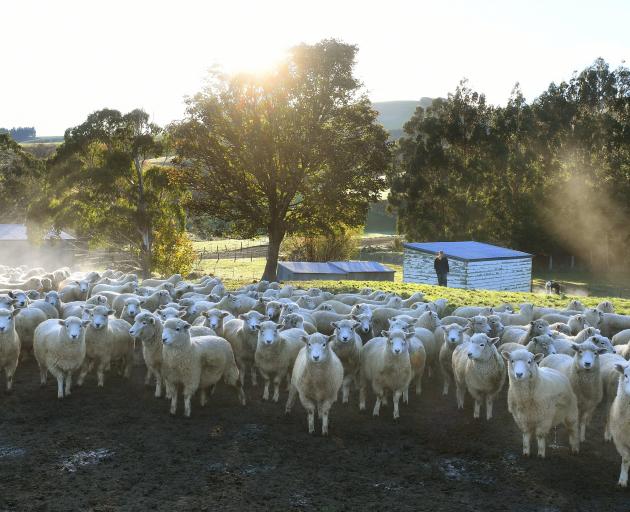
It was part of the company's strategy to extract greater market value, the company's general manager sales, Murray Brown, said.
It did some work in the UK last year on food service, looking at the growth potential, and decided it was an opportunity that was worth more investment.
There had been ``huge growth'' in food service in the United States over the last five years and the UK was also seen as an opportunity, he said.
A director of food service had been appointed and he was supported by a sales manager, chef and a social media-communications role, which Mr Brown saw as a good mix.
It was only several months into the pilot but already there had been lots of contacts made and a ``couple of little wins''. There would be a big focus on it over the next 12 months.
One aim was to get better relationships with the decision-makers - the top-end chefs who were the ones that made decisions about what was going on the menu. Those chefs were also the ones that could ``tell the story'' of the product to consumers.
While Alliance Group had always been in food service, it was trying to get at a ``different level'', he said.
As far as the implications of Brexit, Mr Brown said there was uncertainty but he did not think there would be a huge impact to New Zealand and it did not change the company's thoughts around food service.
In May, Mr Brown and chief executive David Surveyor visited China for a five-day New Zealand Trade and Enterprise China Immersion programme, alongside its in-market partner, Grand Farm.
It included the opportunity to gain a deeper understanding about Chinese consumers, hearing from chefs and talking to housewives in Chinese households, which provided some very good insight, Mr Brown said.
From that, the company came away with eight projects, of which three would be developed initially.
Key messages from the trip included consumers increasingly going online, which opened up opportunities for Western-style cooking.
Younger consumers, in particular, were using social media to find out how to cook products and not just traditional hotpot or kebab-style cooking, but seeking new ways to prepare lamb.
Origin and provenance was still important, although consumers did not get down to brand recognition, but there was recognition as to whether it was from Australia, New Zealand or domestic, Mr Brown said.
Lamb was an important part of their diet and while the Chinese tended to eat it through winter, they were starting to consume more outside the shoulder of the winter months.
Chefs in restaurants were also keen to look at opportunities that New Zealand might be able to provide at the higher-end, he said.
